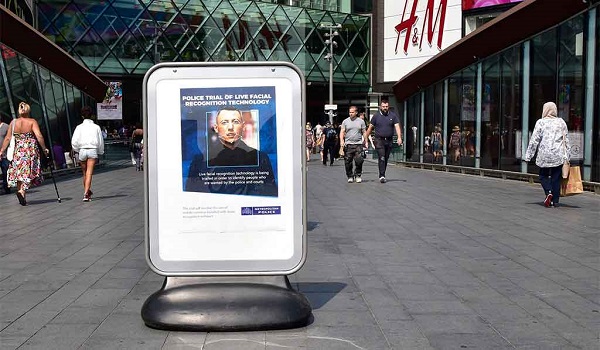Lee Hendricks, Managing Director, Anites Secure information Solutions

1: Do you think that the systems we have at the moment meet the standards of evidence that we need?
The level of reliability depends on the use to which the technology is put. For example, Anite`s experience of facial recognition includes deploying the technology to assist with the identification of those responsible for the 7th July bomb attacks on London. After the attacks, police received thousands of images from a variety of sources. Our software was used to automatically sift through the images and determine which were most likely to contain footage of the suspects. The software produced a focused sample of photographs most likely to contain images of the bombers. Trained police analysts made the final identification, but this reduced the time taken to perform the search from weeks to days. Deployed in this mode, evidential quality was not an issue, and the police were able to benefit from the software as it automatically performed a task that would have required many analyst hours.
2: Clearly, FIND when it comes online will be a major asset for all forces. Linking facial recognition to this database would be the next logical step. Do you think we have the infrastructure yet, to make this a reality?
We have already demonstrated facial recognition running on the FIND pilot that Anite developed for the NPIA. The benefits to operational policing are clear: allowing police to perform searches on a suspects likeness rather than a potentially false given name. The full benefit of facial recognition will only be apparent when there is a wealth of high quality facial images across which searches can be performed; Anite`s FIND pilot is an essential step in realising that objective.
3: CCTV and facial recognition seem to go hand-in-hand, and indeed some local authorities have already implemented this technology over their networks of cameras. But do you think that the widespread use of CCTV coupled with facial recognition is really a viable proposition?
Facial recognition on CCTV is a viable proposition, but much needs to be done to enable that offer. The average standard of CCTV images is quite poor, which in itself does not make facial recognition easy. Also, the variety of storage systems and providers of CCTV make it challenging to quickly source CCTV footage in the aftermath of a crime. Anite deliver the National Automatic Number Plate Recognition Data Centre, which takes feeds from all roadside traffic cameras and deposits them in two 150TB days centres making searching easy. For CCTV to support facial recognition a similar single days source is highly desirable.
4: What are your views on the privacy issues surrounding facial recognition as a surveillance and identification tool?
Safety of society and the thwarting of widespread terrorist threat is more important than individual rights. For example, I might like to have the right to drive on the right-hand side of the road in the UK, but accept that I forego that right for the good of society.
5: Do you think that facial recognition systems can ever be as effective as ANPR for instance? We already photograph the driver as well as their numberplate in some instances. But how accurate could this be?
When Anite delivered its first ANPR system back in 1996, the cameras were only 60 per cent accurate at recognising number plates, yet the system still proved vital in the fight against crime. Anite`s facial recognition systems are already accurate to over 87 per cent, more accurate than the early ANPR systems. Facial recognition will be every bit as important to policing than ANPR, and it is ready for service now.


